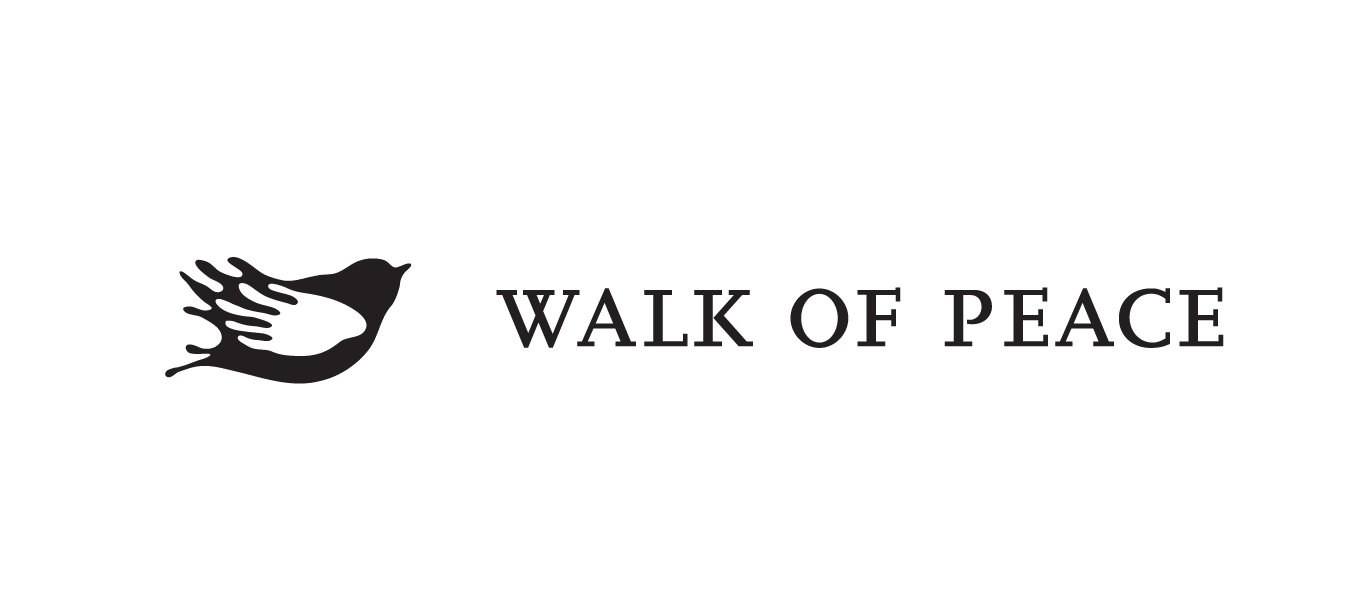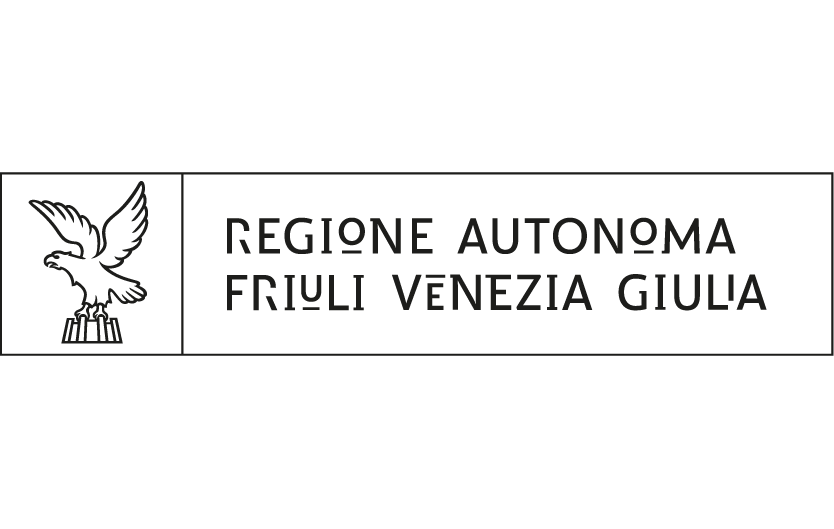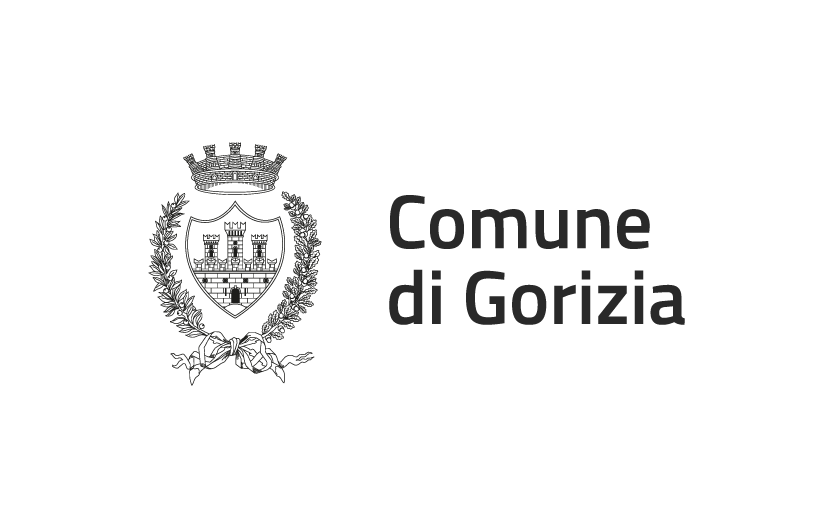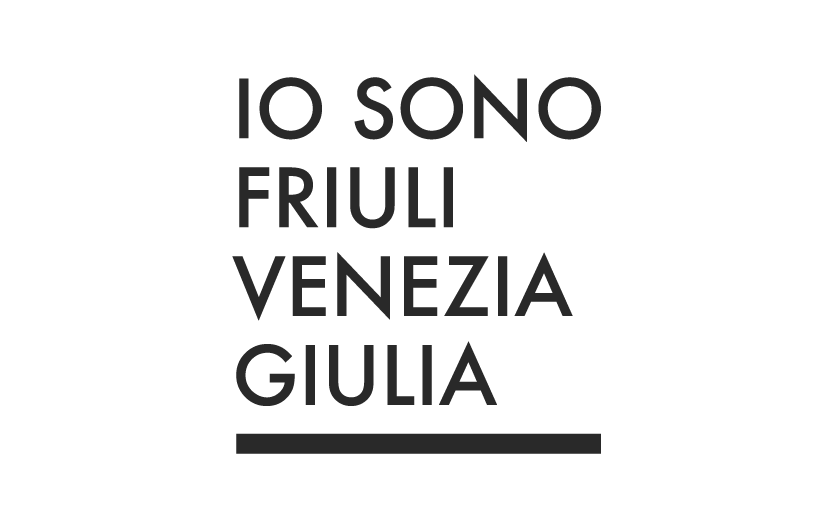Where:
Monte Ermada
34013 Duino-Aurisina/ Devin-Nabrežina
info.sistiana@promoturismo.fvg.it
+39 040 299166
Outdoor Museum Ermada/Grmada
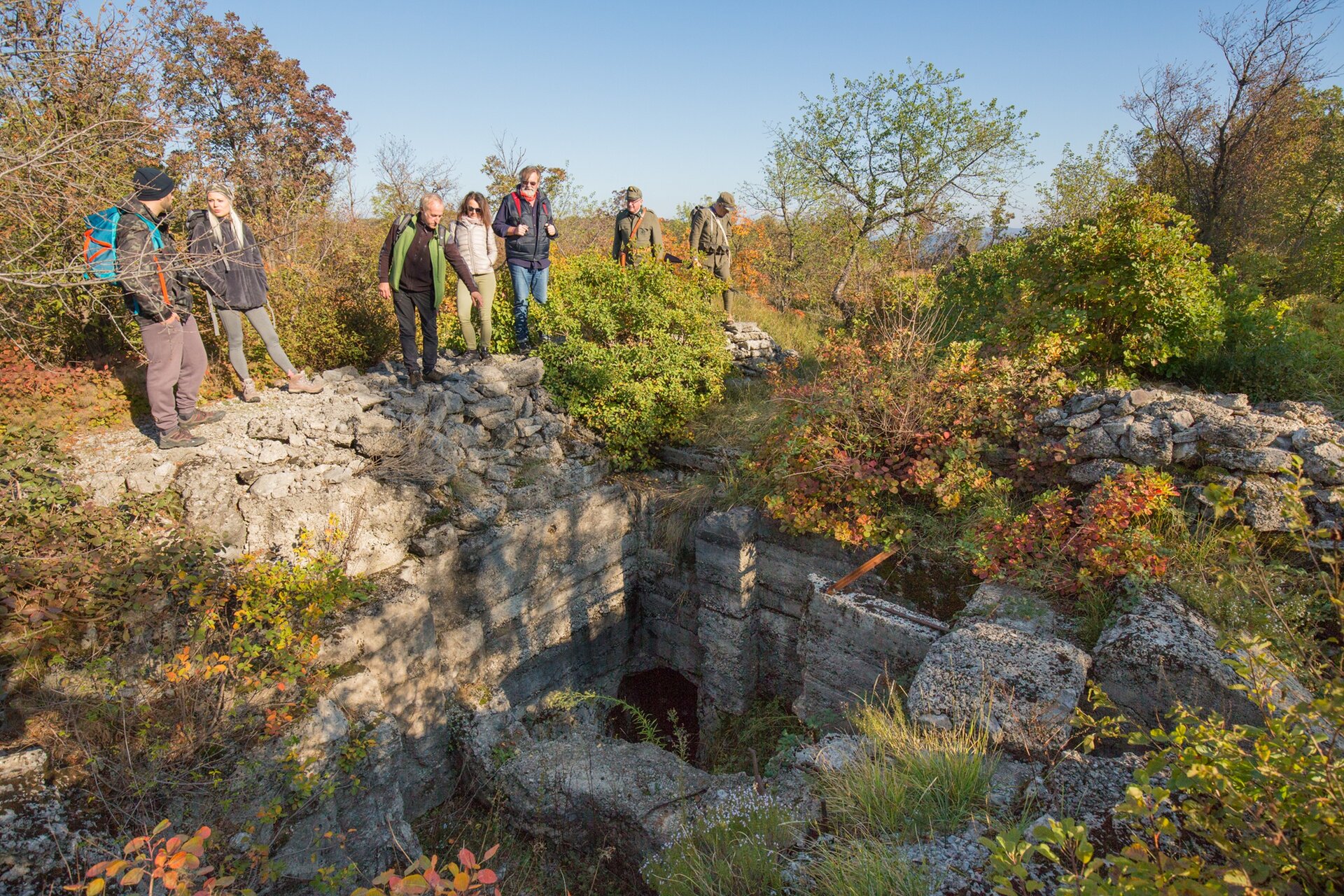
The Outdoor museum Ermada is part of the Austro-Hungarian defence line, which was fortified in 1916. Along the path around the top of the hill, you can see numerous bunkers and natural caves used for military purposes.
A section of the Austro-Hungarian line of defence, fortified in 1916, can be seen on Monte Ermada/Grmada. Having been defeated in the Sixth Isonzo Battle, the Austro-Hungarian Army had to withdraw from the hills around Monfalcone/Tržič. The decision to stabilize on Monte Ermada and the surrounding hills was not made at random but resulted from strategic options of practical nature. From this position they were able to control both the dry valley of Vallone di Brestovizza/Brestoviški dol and the passage to Trieste/Trst. The Kras plateau abounded in valleys, passages between rocks and natural caves which were as if tailored to the army needs in World War I. In a rather short time, the Austro-Hungarian units managed to build trenches, positions and shelters for soldiers, which made the new line of defence insuperable for the Italians. From the Eighth to the Tenth Isonzo Battle inclusive, the Austro-Hungarian Army repelled all attacks by the Italian Third Army, even though its position was subordinate because of a lesser number of men. Several paths lead today from the Italian side to Monte Ermada. Connection paths towards the Slovenian side in the direction of Brestovica are also well kept.
Leaflet with information about the Walk of peace: link
Discover more
